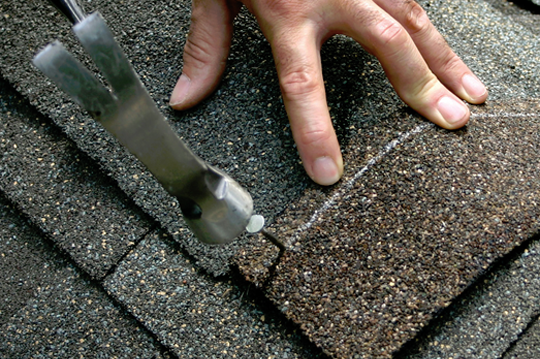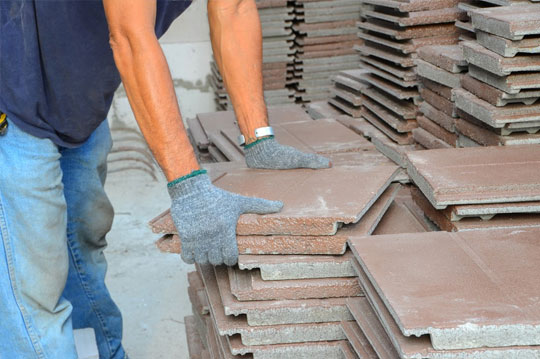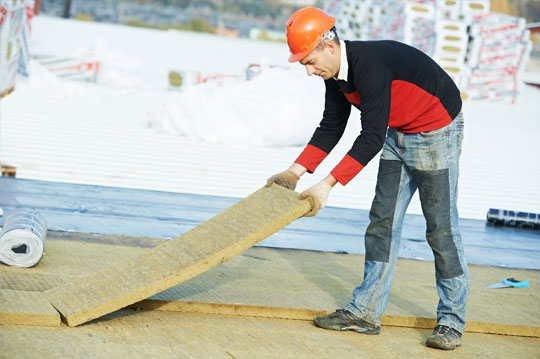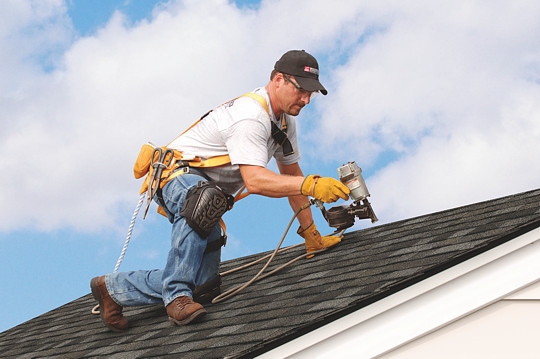Luxury Coastal Roofing in Jupiter, Florida: A DaVinci Bellaforté Shake Showcase
Florida residents Mary and Larry Anderson recently brought their dream home to life—an elegant 9,000-square-foot waterfront estate in Jupiter, Florida, complete with a guest house, copper accents, and a hurricane-rated roofing system built to last.
Choosing the Right Roof for a Coastal Home
The Andersons’ stunning new build features DaVinci Bellaforté Shake in Mountain VariBlend, a high-performance composite shake roof chosen for both aesthetics and performance.
“We were looking for the look of real cedar shakes without the upkeep,” said Larry Anderson. “After researching online, my wife found DaVinci, and it was exactly what we wanted—it looks even better than the real thing.”
Built to Withstand Florida Weather
In coastal Florida, curb appeal means nothing without resilience. That’s why the Andersons were drawn to DaVinci’s Miami-Dade County Code-approved product, designed for Florida’s toughest storms.
- Rated for winds up to 110 mph
- Class A fire resistance
- Class 4 impact resistance
- Resistant to salt air, mold, and fading
Explore more about DaVinci’s Bellaforté Shake product specs
Installed by Sun Catcher Roofing
The entire roofing system—including 12,000 square feet of coverage, breezeways, and porches—was expertly installed by Sun Catcher Roofing, a trusted contractor based in Fort Lauderdale.
Sun Catcher also installed custom copper accents, including:
-
Three handcrafted copper cupolas
-
Copper valley metal and flashing
“This roofing system isn’t just beautiful—it’s engineered to protect,” says Dave Neddeff, owner of Sun Catcher Roofing. “Between the premium synthetic tiles and custom copper, this roof is a perfect match for Jupiter’s coastal conditions.”
Why Homeowners Choose Composite Shake in Jupiter, FL
-
Longevity: Unlike real wood, DaVinci tiles don’t crack, rot, or invite insects.
-
Low Maintenance: No resealing, no staining, and no replacing individual shakes.
-
Authenticity: The one-inch thick, 12-inch wide tiles mimic natural cedar with superior durability.
Ready for Your Dream Roof?
Whether you’re building a custom home or replacing your current roof, Sun Catcher Roofing delivers high-end solutions designed for Florida’s coastal climate.
Contact us today for a composite shake roof consultation in Jupiter
Original article by Davinci Roofscapes







